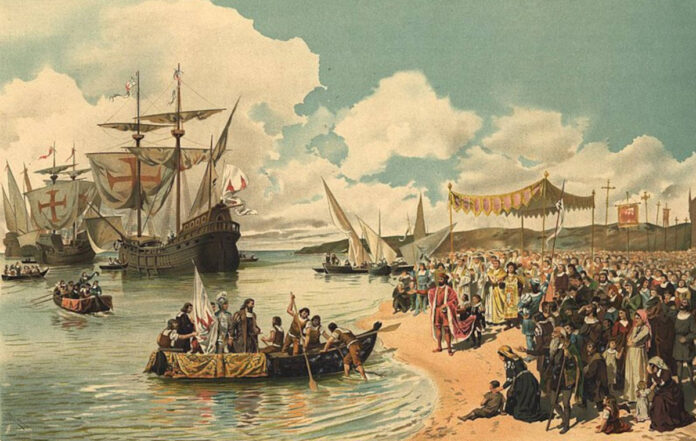A recent study has connected a shipwreck off the Kenyan coast of Ngomeni to be Vasco de Gama’s famous ship, the Sāo Jorge, from one of his numerous voyages through the Indian Ocean. The remains of the vessel were discovered near the town of Malindi in Kenya in 2013, around the same time as 7 other Portuguese shipwrecks from that time and location. The Sāo Jorge went down in 1524. If confirmed, this would be the oldest known European shipwreck in the Indian Ocean.
Confirming the Identity of the Ship
“… we can’t be sure,” pondered Filipe Castro, a maritime archaeologist at the University of Coimbra in Portugal and the primary author of the study published in the Journal of Maritime Archaeology. Their next plan is to conduct an archaeological survey of the coral reefs extending from Malindi to Ras Ngomeni – spanning 15 miles (25 kilometers). The ship is nestled among the corals on the seabed, with parts of the ship’s hull and frame uncovered in two archaeological trenches at the site.
“I believe this is a unique shipwreck. It’s a valuable find,” Castro shared with Live Science.
The wreck lies approximately 488 meters (1,600 feet) off the coast of Malindi, Kenya, at a depth of around 20 feet. (Filipe Castro/Journal of Maritime Archaeology)
In 2013, underwater archaeologist Caesar Bita from the National Museums of Kenya made the discovery. He is now assisting the team with the current investigation. Bita also recovered copper ingots and elephant tusks from the submerged site. Authorities in Kenya are considering turning this area into an underwater museum.
“Situated at shallow depths off the Kenyan coast, this ship is being protected by the local community, who are part of this community archaeology project and will be trained to monitor and participate in the recording and analysis of the discoveries,” stated a press release by the Centre for Functional Ecology earlier this year.
Suggested image of Vasco da Gama.. (Daniel VILLAFRUELA/Public Domain)
Vasco and European Mercantilism: Portugal Sets Sail (and the Way)!
Vasco De Gama, known for establishing the maritime route from Europe to the Indian Ocean in 1497 by sailing around the Cape of Good Hope in Africa, embarked on his final voyage with 20 ships. The Sāo Jorge was one of the ships; the only other potential sinking from the same fleet could have been the Nossa Senhora de Graça, which sank in 1544. This wreck is about 1,640 feet (500 meters) from the shore, at a depth of roughly 20 feet (6 meters).
“In an attempt to control the trade in spices, fabric, and gold for their benefit – at the expense of western Asia, Egypt, and Venice – the Portuguese rounded the Cape of Good Hope in 1498, and the fleet, led by Vasco da Gama, utilizing knowledge from Bartolomeu Dias’s expedition in 1487–1488 and perhaps also Pero de Covilham’s journey in 1494, entered the Indian Ocean,” wrote ethnologist and historian Philippe Beaujard for the Cambridge University Press in 2019.
By 1518, the Portuguese had started developing warships called galleons. These ships had three or four masts, with mounted artillery capable of a 360º range, and were built to withstand gales and storms effectively. They obtained full authorization from the papacy and monarchy to sail into the Indian and Pacific oceans. This ship model was quickly adopted by other European powers involved in trade, who added their own technological enhancements to further their colonial ambitions.
Exploring the Shipwreck
This pioneering project, led by a team of archaeologists from the HTC Maritime Archeology Laboratory, is backed by the National Museums of Kenya at the highest levels: Prof. Mary Gikungu, the Director-General, Edwin Abonyo, Chair of the Board, and Dr. Terer, Directorate of National Repository and Research, have all contributed their expertise to the museum and excavation.
“We will create an accurate replica of the ship and provide an opportunity for people to come and learn about its history. Vasco da Gama is believed to have utilized this ship during his various trade missions to the East African coast. The objective of this excavation is to establish a museum showcasing the history of the East African coast as a trade route for the Romans, Chinese, Portuguese, and Arabs,” detailed Bita to Malindi Kenya.
Top image: Vasco de Gama departing for India in 1497. Source: Roque Gameiro/Public Domain
By Sahir Pandey





